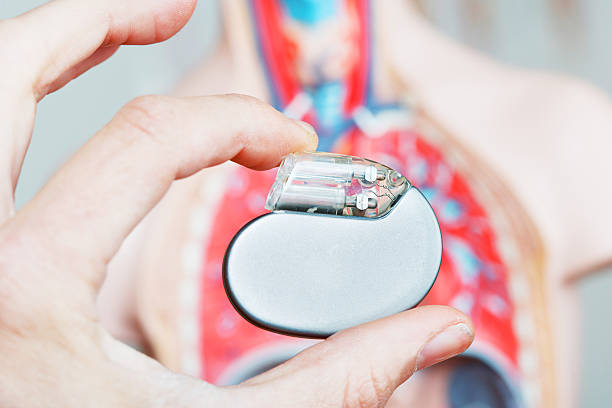ICD Combo Device Surgery in India starts from $6500. The total cost of the treatment depends on the diagnosis and facilities opted by the patient.
Implantable cardioverter defibrillator (ICD) is a small device placed under the skin to keep track of the heartbeat. A defibrillator implant is useful in preventing sudden death and abrupt cardiac arrest in patients who may not have suffered a heart attack, but are at its risk.
Who needs a defibrillator implant?
A heart fibrillator surgery can be required in adults, teens and in unfortunate cases, children too. Any cardiologist can recommend defibrillator procedure if an individual suffers from arrhythmia. An ICD pacemaker is very good at treating life-threatening problems, such as ventricular arrhythmias.
Some forms of arrhythmias make the ventricles either quiver frequently or beat too fast. People who have earlier suffered from a ventricular arrhythmia before or had a heart attack that previously damaged the electrical system of the heart are at a higher risk of ventricular arrhythmias in the future.
People who have fortunately survived a sudden cardiac arrest (SCA) are often recommended an ICD pacemaker surgery. Even for those who have specific heart conditions that put them at higher risk for SCA can also be recommended defibrillator procedure. Some of the common causes of arrhythmias include the following:
- A previous history of heart attack
- Formation of scar tissue in the heart
- Changes in the structure of heart due to cardiomyopathy
- Blocked arteries or coronary artery disease
- High blood pressure
- Hyperthyroidism or hypothyroidism
- Smoking addiction
- Too much alcohol or caffeine consumption
- Stress or drug abuse
- Overuse of certain medications and supplements, including over-the-counter cold and allergy medications
- Diabetes
- Sleep apnea or hereditary problems
Symptoms
Some of the noticeable symptoms of arrhythmia include the following:
- A fluttering sensation in the chest
- Tachycardia (fast heartbeat) or bradycardia (slow heartbeat)
- Pain in the chest and shortness of breath felt at even at a little exertion
- Dizziness or lightheadedness
- Profuse sweating
- Fainting or almost getting fainted
An ICD pacemaker device monitors the heartbeat at every moment and if required, it delivers an extra beat or gives an electrical shock to restore a normal heart rhythm. Another implantable device may be combined with it to control abnormal heart rhythms.






